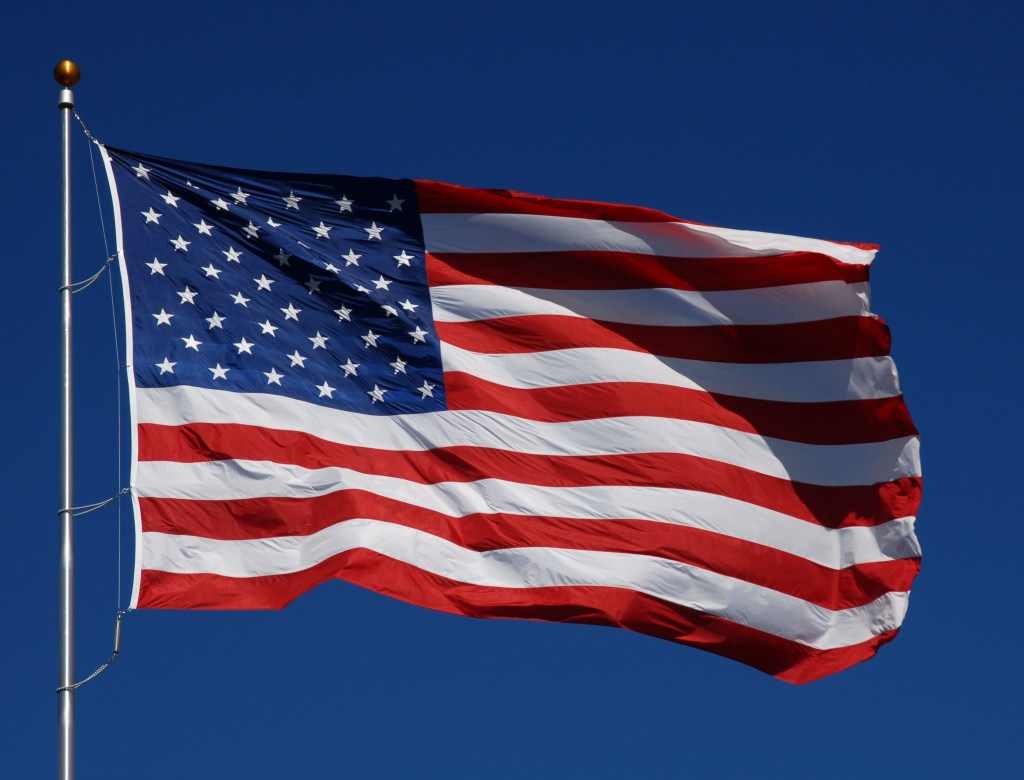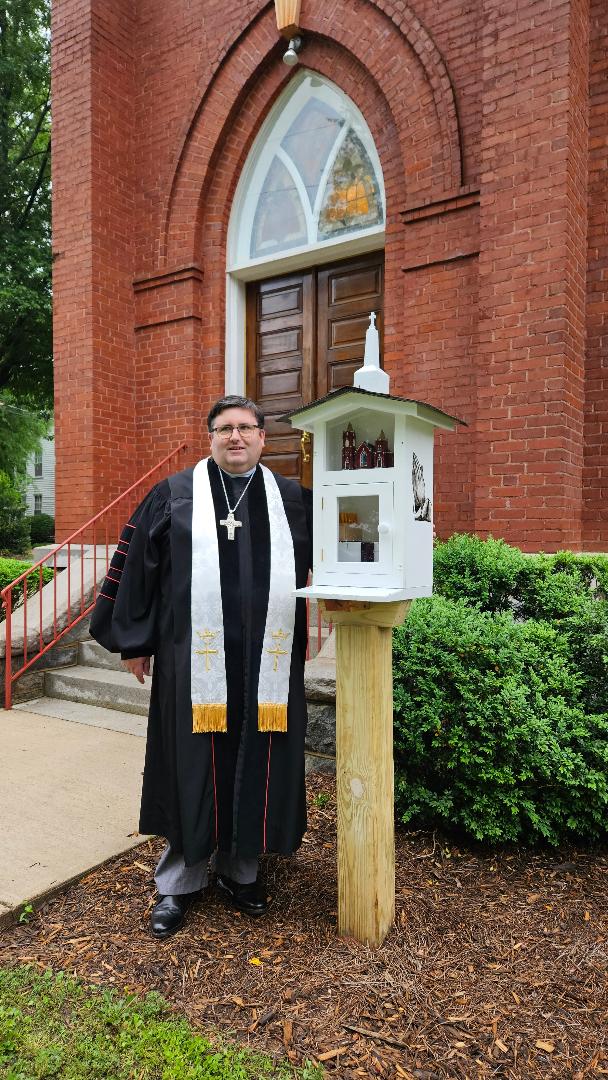Nonvoters are trying to tell us something
Published 3:04 pm Monday, July 14, 2014

- 1342516_29565745.jpg
If you’re a Republican, you probably don’t like it when people say nasty things about your candidate. If you’re a Democrat, you get steamed when the other side insults your president or your party.
But there’s one electoral bloc that both parties can vilify at their leisure: those U.S. citizens who refuse to vote. They are routinely derided as stupid, or lazy or hapless.
By now, many Americans have already figured out that there are problems with the way they vote. Start with the fact that some people’s votes count more than others. The presidential vote on Nov. 6 is shaping up to be a pretty tight contest, so it’s entirely possible that the final tally will be close. But, as anyone who’s heard of the electoral college already knows, U.S. presidents aren’t elected on the basis of the popular vote. (Remember Florida in 2000?) So there’s already plenty of editorial anguish over the inherent unfairness of this arrangement.
And then there’s the controversy over registration. Republicans, warning against vote fraud, have introduced laws across the country that raise the bar for voter registration. Critics of these efforts point out that these laws address a kind of fraud that is unlikely to occur, and gloss over the type that is much more threatening (namely, the wholesale manipulation of electronic voting machines). Such critics accuse the Republicans of actually trying to suppress the turnout of groups — minorities, the underprivileged, the elderly — who are more likely to vote for Democrats.
These are all legitimate problems. But what I don’t understand is why no one is addressing the elephant in the room: the fact that some 40 percent of Americans of voting age don’t see any reason to cast their votes on election day at all.
In national election after national election, eligible voters who choose to refrain from voting make up what some political scientists have called a “silent plurality.” There have been moments when that plurality was pretty close to becoming a majority. In 1996, 49.1 percent of the voting age population declined to go to the polls. In 2008, turnout of eligible voters went all the way up to 61.7 percent — the highest since 1968, mind you. But the number of those who refused to vote — or just didn’t care — was still significantly larger than those who voted for Barack Obama, the winning candidate. Non-voters, in short, make up the biggest electoral bloc in the nation.
You’d think this would be the occasion for some soul-searching. After all, how can you claim to have a democracy when your leaders are elected with a mandate from 30-odd percent of the country’s eligible voters? It’s estimated that some 90 million Americans will abstain from voting next month. You’d think that this would prompt us to ask some fundamental questions about the viability of a system that’s supposedly based on popular participation but actually prompts rejection on a mass scale. (Participation is even lower for midterm congressional elections — only 39 percent of the voting age population showed up in 2010, for example — and lower still for elections on the state and city levels.)
Most of the articles on this subject lately view it through the predictable lens of how these abstainers would affect the election if they actually chose to vote. (The consensus seems to be that most of them lean Democratic, presumably because non-voters do tend to be poorer and less well-educated and thus more inclined to vote for liberal policies.) But perhaps reporters are asking the wrong questions.
Withholding one’s vote in a presidential election is, in fact, an entirely rational response to the existing political order in the United States. The electoral college is a big part of the problem, of course. If you live in persistently Republican Texas, you have very good reasons to doubt that your vote for Obama will really influence the outcome. If you live in solidly liberal Massachusetts, casting a vote for Mitt Romney as president is likely to have little effect. (And don’t get me started on voting in Washington, D.C.)
As a result, pundits and prognosticators say that there are only nine states that really matter in this year’s presidential election: the so-called “battleground” states where the outcome is still uncertain enough to warrant attention from the candidates. As the Associated Press pointed out, modern campaigns now have the data to target voters even more narrowly than that, and they’re now focusing on just 106 “swing counties” (out of 3,143 in the United States).
The reason, of course, is the winner-take-all system of the electoral college, which dictates that whoever wins a majority of the votes in a state gets all of that state’s electors. In fact, the winner-take-all (or first-past-the-post) principle pervades American politics. As political scientists know, these sorts of electoral mechanisms tend to foster the creation of two-party systems. (The framers of the American constitutional system actually didn’t want to have political parties at all, of course; but this is just another one of those cases where their design had unintended effects.)
The problem is that a two-party system doesn’t come anywhere close to exhausting the range of options for political expression. Earlier this year, when pollsters decided to examine the motives of non-voters, one of the questions involved alternate political parties. Only 32 percent of non-voters agreed with the premise that two parties are good. Twenty-six percent of them said that a third party is necessary, while another 27 percent preferred “multiple” parties.
That’s why it’s wrong to dismiss non-voters as ignorant couch potatoes. Under the American system, a vote cast for a third party (the Libertarians, say, or the Greens) is a lost vote. Your ballot has no effect whatsoever on the actual balance of power, so abstaining from an election that offers any chance to pick the policies you’d like to see makes perfect sense. This is also why it’s somewhat nonsensical to ask voters whether they’d vote for third parties under the current circumstances. What good would that do?
By contrast, systems based on proportional representation offer much more precise opportunities for the expression of political preferences. If you’re a German, for example, you can cast a vote for the Free Democratic Party or the Greens, knowing that one of these relatively marginal parties might very well end up forming a coalition with the more popular Christian Democrats or Social Democrats and thus influencing the formation of the government. “Even minority parties are going to get seats,” says Jeffrey Green, a political scientist at the University of Pennsylvania. “There’s a motivation for everyone to turn out even when no one gets the winner.” It should come as no surprise that participation in German elections tends to be higher than in the U.S. (The world champions, perhaps, are the Swedes, who vote at a rate of about 80 percent of the voting age population.)
Proportional representation has many problems, of course — most notoriously, fragmentation and chronic instability. See, for example, Israel, where tiny, radical parties often end up exercising power disproportionate to their actual electoral strength. One solution is to stipulate that parties have to get a certain minimum percentage of the overall vote in order to enter parliament. (In Germany, the threshold is 5 percent; in Israel, it’s only 1.5 percent.) And, to be fair, it’s worth noting that voter participation is trending downward in just about every established democracy.
That said, though, almost all of the countries that have achieved democracy over the past 30 years have adopted parliamentary systems based on proportional representation, approaches that are much closer to the German model than the American one. It’s easy to imagine why. People who have finally obtained that cherished right to choose their leaders would like to think that their votes actually count. Like it or not, the institutions of American democracy just aren’t a model for the rest of the world anymore.
Can Americans change their system to make it more democratic? A bit of tinkering around the edges is certainly feasible. Two states, Maine and Nebraska, apply proportional principles to the presidential election: electors from these states are awarded in proportion to the number of votes cast for each candidate. In other words, these two states have done away with winner-take-all. Not a bad idea. There’s also talk of a far more ambitious plan: getting rid of the electoral college altogether and allowing direct election of the president by popular vote. The demand for this option seems to be growing. But can anyone really expect the two currently existing parties to agree?
One thing is clear: The fact of the matter is that half of the American population doesn’t feel represented by the current system, and this disaffection appears to be deepening with time. The sense of exasperation with the existing two-party oligopoly ranges from establishment stalwarts like Tom Friedman to professional malcontents like Noam Chomsky. Meanwhile, the ranks of the abstainers continue to swell — presumably because they feel like they have no stake in a political arrangement that doesn’t address their concerns. Call me crazy, but this doesn’t seem to bode well for the future of democracy in the United States.
—
Caryl is a senior fellow at the Legatum Institute, a contributing editor at Foreign Policy, and a senior fellow at the MIT Center for International Studies.





